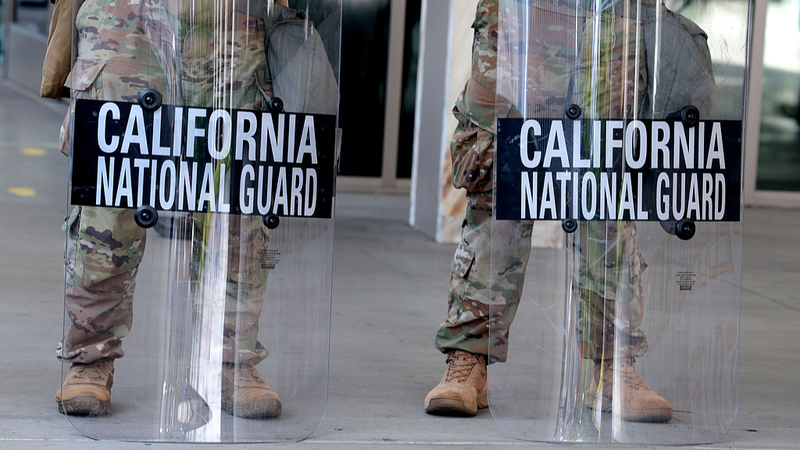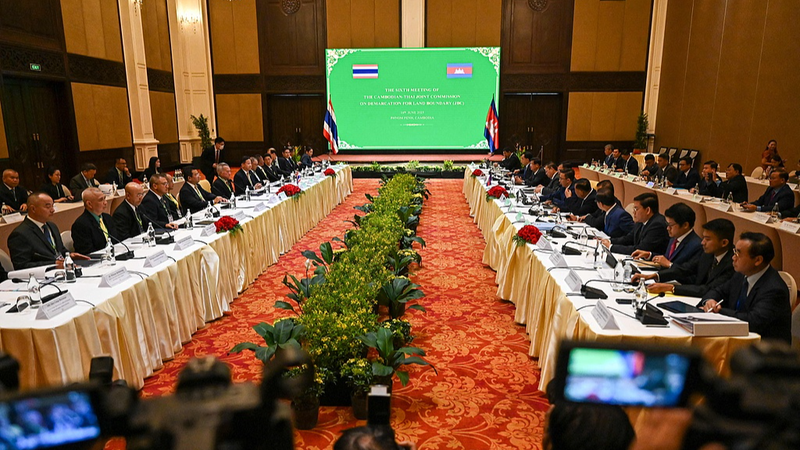Protests and Federal Response
U.S. President Donald Trump deployed National Guard troops to California after days of protests by hundreds of demonstrators against immigration raids. He said the protests interfered with federal law enforcement and framed them as a possible "form of rebellion" against the authority of the U.S. government.
Active Duty Marines Join In
Defense Secretary Pete Hegseth mobilized 700 active duty Marines as part of the government’s response. This marked a significant federal step, with active forces joining the National Guard on U.S. soil.
Legal Battle in California
California sued the Trump administration to end what it calls the "unlawful" deployment in Los Angeles County and demanded the return of the state National Guard to Governor Gavin Newsom’s command. State officials argue that only the governor has authority over the Guard unless formally federalized under strict conditions.
Explaining the Authority
The core debate centers on whether U.S. law permits a president to send troops against civilian demonstrations. Proponents point to federal statutes that allow military support when protests disrupt enforcement operations. Critics counter that such moves risk overreach and undermine state control.
Why It Matters
This clash tests the balance of power between federal authority and state sovereignty. For globally minded readers tracking civil rights, government power, and public safety, the outcome could set a critical precedent for how countries handle mass protests.
Reference(s):
Explainer: Does U.S. law allow Trump to send troops to quell protests?
cgtn.com




